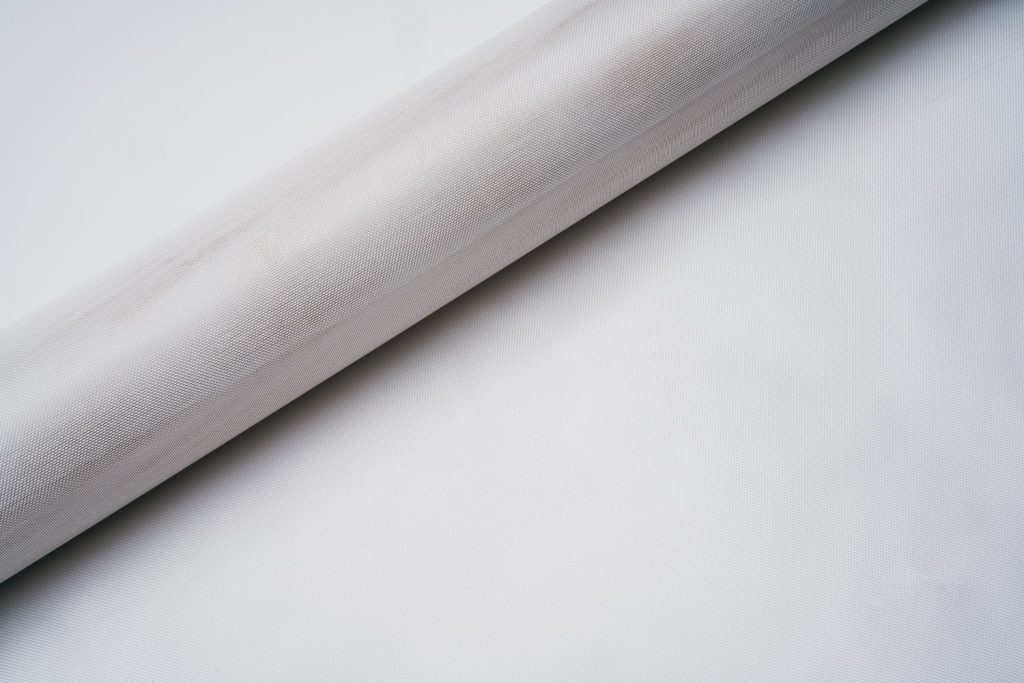
Fiberglass fabric is a versatile and durable material widely used in industries ranging from construction and automotive to aerospace and electronics. Made from fine glass fibers woven into a cloth, fiberglass fabric offers high strength, heat resistance, and chemical stability. However, not all fiberglass fabrics are the same—different types are designed for specific applications. Here’s an overview of the main types of fiberglass fabric and their typical uses.
1. E-glass (Electrical Glass) Fabric
Description:
E-glass is the most common type of fiberglass fabric. It has excellent electrical insulation properties, making it ideal for electronics and general-purpose applications.
Features:
- Good strength-to-weight ratio
- Excellent electrical insulation
- Moderate heat and chemical resistance
- Cost-effective
Applications:
- Printed circuit boards (PCBs)
- Electrical insulation tapes
- Marine components
- General composite structures
2. C-glass (Chemical Glass) Fabric
Description:
C-glass is known for its superior resistance to chemical corrosion. It is typically used in environments exposed to acids and corrosive substances.
Features:
- High chemical resistance
- Moderate mechanical strength
- Less commonly used than E-glass
Applications:
- Chemical tanks and piping
- Acid-resistant coatings
- Laboratory equipment
3. S-glass (Structural Glass) Fabric
Description:
S-glass is engineered for high strength and performance. It offers better tensile strength and impact resistance compared to E-glass.
Features:
- Higher strength and stiffness than E-glass
- Better fatigue and impact resistance
- Excellent thermal stability
Applications:
- Aerospace and defense components
- High-performance sporting goods (e.g., surfboards, golf clubs)
- Wind turbine blades
4. AR-glass (Alkali-Resistant Glass) Fabric
Description:
AR-glass is specially formulated to resist alkali environments, making it ideal for use with concrete and cementitious materials.
Features:
- High alkali resistance
- Compatible with concrete composites
- Durable in construction settings
Applications:
- Reinforced concrete
- GRC (Glassfibre Reinforced Concrete) products
- Infrastructure projects like bridges and tunnels
5. Specialty Weaves and Coatings
In addition to the type of glass, fiberglass fabrics can vary by weave patterns and surface treatments:
Common Weaves:
- Plain weave: Balanced strength and flexibility
- Twill weave: More pliable, better drape
- Satin weave: Smooth finish, used in high-performance composites
Common Coatings:
- Silicone: Enhances heat resistance and water repellency
- PTFE (Teflon): Adds chemical and abrasion resistance
- Graphite or Vermiculite: Used for extreme heat applications
Conclusion
Fiberglass fabrics come in a wide variety of types, each designed to meet specific needs—whether it’s strength, heat resistance, or chemical durability. By choosing the right type, you can ensure better performance, longer life, and greater value for your product or project.
If you’re not sure which fiberglass fabric suits your application best, we’re here to help. Whether you need a general-purpose solution or a fabric for high-performance or harsh environments, our team can guide you through the options and recommend the best fit for your needs.
Feel free to contact us for expert advice, samples, or more details—we’re always happy to assist you.




